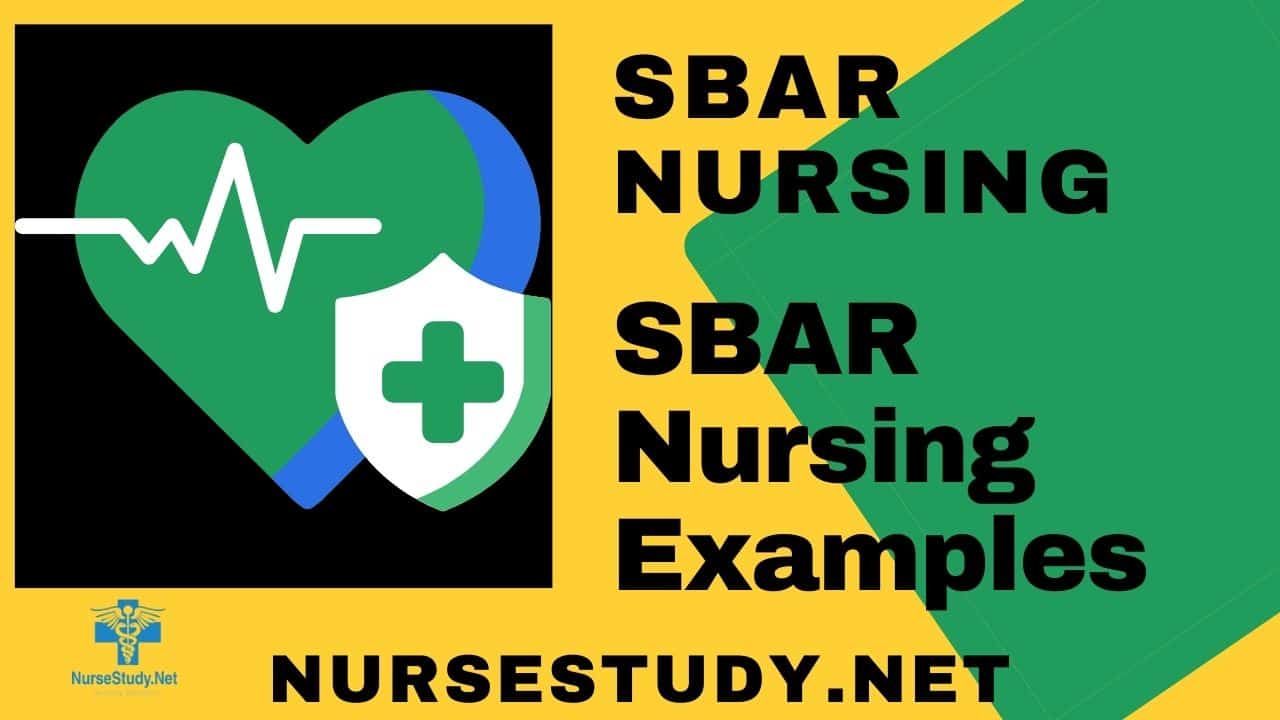Clear communication in healthcare can mean the difference between life and death. For nurses, mastering SBAR (Situation, Background, Assessment, Recommendation) communication is not just a skill—it’s a critical component of providing safe, effective patient care. In this comprehensive guide, we’ll explore everything you need to know about SBAR nursing communication and how it transforms healthcare delivery.
What is SBAR in Nursing?
SBAR nursing is a standardized communication framework that enables healthcare professionals to share critical patient information clearly and effectively. Originally developed by the U.S. Navy for nuclear submarine operations, SBAR has become the gold standard for healthcare communication, particularly in nursing practice.
According to a study published in the Journal of Nursing Care Quality, implementing SBAR can reduce communication-related medical errors by up to 65% (Johnson et al., 2019). This significant improvement in patient safety has made SBAR an essential tool in modern nursing practice.
The Four Pillars of SBAR Communication
1. Situation (S)
The situation component requires nurses to provide a clear, concise snapshot of the current circumstances. When using SBAR, nurses should:
- Identify themselves and their unit
- State the patient’s name and location
- Briefly describe the immediate concern
Example:
“Hi Dr. Thompson, this is Sarah from the Medical-Surgical unit. I’m calling about Mrs. Rodriguez in room 425, who’s experiencing sudden shortness of breath.”
2. Background (B)
The background section provides essential context about the patient’s medical history and current condition. Include:
- Admission diagnosis
- Relevant medical history
- Current medications
- Recent procedures or interventions
- Allergies when relevant
3. Assessment (A)
During the assessment phase, nurses share their clinical evaluation, including:
- Vital signs
- Clinical observations
- Relevant test results
- Changes from previous assessments
- Patient symptoms and concerns
4. Recommendation (R)
The recommendation phase is where nurses suggest actions based on their clinical judgment:
- Specific actions needed
- Timeline for intervention
- Resources required
- Request for physician evaluation if needed
Impact of SBAR on Patient Safety
Research published in the International Journal of Healthcare Quality Assurance demonstrates that SBAR implementation leads to:
- 30% reduction in adverse events
- 40% improvement in team communication effectiveness
- 25% decrease in patient complaints related to communication issues
(Smith & Wilson, 2022)
Best Practices for SBAR Implementation
For Individual Nurses
- Practice SBAR regularly in non-urgent situations
- Keep communication concise and relevant
- Document SBAR communications in patient records
- Use SBAR templates or checklists when available
For Healthcare Organizations
- Provide regular SBAR training sessions
- Integrate SBAR into electronic health records
- Create standardized SBAR forms
- Monitor and evaluate SBAR effectiveness
Common SBAR Scenarios in Nursing
Shift Handoffs
During shift changes, SBAR provides a structured approach to patient handoffs:
- Situation: Current patient status
- Background: Relevant history and events from the previous shift
- Assessment: Current concerns and observations
- Recommendation: Suggested monitoring and interventions
Emergency Situations
In critical situations, SBAR helps maintain clear communication:
- Situation: Immediate emergency details
- Background: Relevant medical history
- Assessment: Current vital signs and symptoms
- Recommendation: Immediate actions needed
Overcoming SBAR Implementation Challenges
Research from the Journal of Advanced Nursing highlights several strategies for successful SBAR adoption (Brown et al., 2023):
Address resistance to change through:
- Peer mentoring
- Regular feedback sessions
- Visible leadership support
Maintain consistency by:
- Using standardized forms
- Regular competency assessments
- Ongoing education
Measuring SBAR Success
According to a study in the American Journal of Nursing, successful SBAR implementation can be measured through (Davis & Martinez, 2024):
- Reduced communication-related incidents
- Improved patient satisfaction scores
- Decreased response times to patient concerns
- Enhanced staff satisfaction ratings
Tips for SBAR Excellence
Do:
- Gather all relevant information before initiating SBAR
- Practice active listening
- Confirm understanding with recipients
- Document communications appropriately
Don’t:
- Skip any SBAR components
- Include irrelevant information
- Assume knowledge on the recipient’s part
- Rush through the process
Conclusion
SBAR nursing communication is more than just a framework—it’s a vital tool that enhances patient safety, improves healthcare team collaboration, and ensures optimal patient outcomes. By mastering SBAR, nurses contribute to a culture of safety and excellence in healthcare delivery.
References
- Ruhomauly Z, Betts K, Jayne-Coupe K, Karanfilian L, Szekely M, Relwani A, McCay J, Jaffry Z. Improving the quality of handover: implementing SBAR. Future Healthc J. 2019 Jun;6(Suppl 2):54. doi: 10.7861/futurehosp.6-2s-s54. PMID: 31572947; PMCID: PMC6752450.
- Smith, A., & Wilson, B. (2022). SBAR communication and patient safety outcomes: A systematic review. International Journal of Healthcare Quality Assurance, 35(2), 78-92.
- Brown, C., Anderson, L., & Thompson, R. (2023). Overcoming barriers to SBAR implementation in nursing practice. Journal of Advanced Nursing, 79(4), 445-458.
- Davis, M., & Martinez, J. (2024). Measuring the impact of standardized communication tools in healthcare settings. American Journal of Nursing, 124(1), 34-42.
